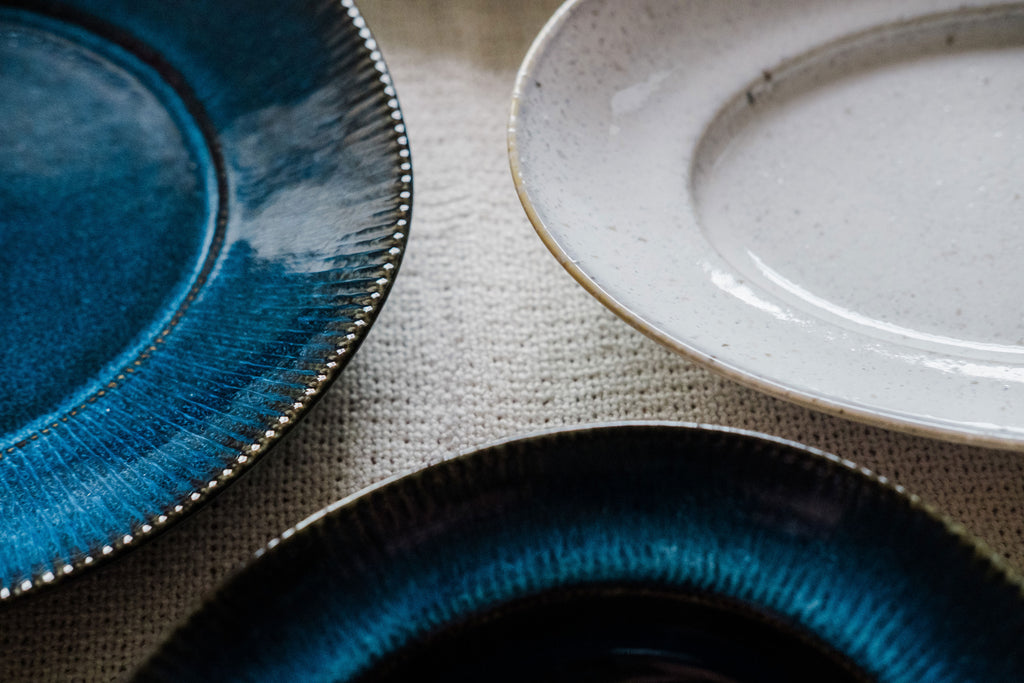The name “Mingei” combines min (民), which means the common people, and gei (芸), meaning art. It is also an abbreviation for minshuteki kōgei (民衆的工芸), which literally translates to popular industrial arts. Essentially, Mingei refers to the art or craft of the common people.
It is widely accepted that the Mingei theory was founded by Japanese philosopher and aesthetician Soetsu Yanagi in the 1920s. Yanagi called on people to turn their eyes to the beauty of utilitarian objects born out of the tradition of craftsmanship, through which he raised some basic yet profound questions about beauty - What defines beauty? Should there be a distinction between high craft (Kogei) and craft created for daily use?
What draws me to the philosophy of Mingei is its emphasis on “ordinary-ness” - that true beauty can be found in the most mundane of things. While we often equate the concept of beauty to a set of visual qualities, Yanagi gave us his 12 criterion which offers different perspectives in the way we can see beauty. Of course this is never exhaustive nor is it the holy grail of folk craft but it does remind me of why I fell in love with Japanese designs and crafts in the first place. These are the lenses I put on when I look at Japanese crafts and in a way, "crafts" as compared to commerce, is and should be romantic. This is probably the reason why some of us get emotional (pissed) when the term "crafts" is used so flippantly. To Yanagi, this is his life's work.
Based on the writings of possibly Yanagi’s biggest critic Yuko Kikuchi, I would summarise his standards* of beauty as follows -
(*by standards, I’d like to qualify that it does not necessarily mean that an object is beautiful just because it met this set of criteria, rather, what Yanagi inferred to was out of the folk crafts which impresses him, they seemed to possess such qualities.)
- Beauty of handcrafts.
- Beauty of intimacy.
- Beauty of use (functional in form and design).
- Beauty of naturalness (made with natural materials).
- Beauty of simplicity (form and design).
- Beauty of tradition (method and design).
- Beauty of health (moral nature of makers and physical nature of objects).
- Beauty of Irregularity.
- Beauty of plurality (objects which could be copied and produced in large quantities).
- Beauty of sincerity and honest sweat (by unknown craftsmen, not for money greed).
- Beauty of value (inexpensiveness).
- Beauty of selflessness and unknown (made by unknown, unlearned and poor craftsmen).
As we develop our New Mingei collection, I do hope we continue to hold fast to some of these values, and perhaps even introduce new Singaporean lenses to see our everyday anew.


Comments (0)